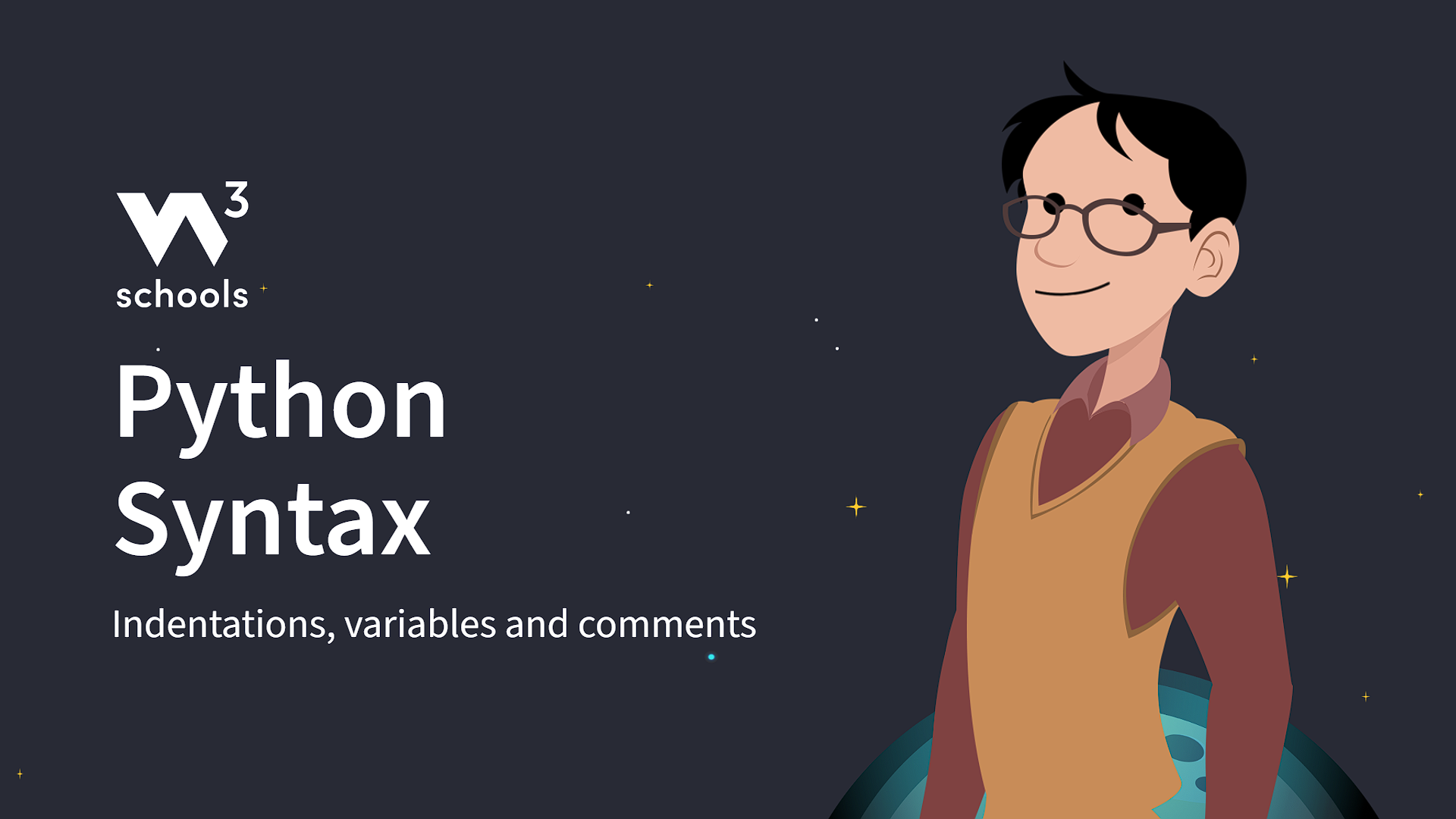Python Syntax
Execute Python Syntax
As we learned in the previous page, Python syntax can be executed by writing directly in the Command Line:
>>> print("Hello, World!")
Hello, World!
Or by creating a python file on the server, using the .py file extension, and running it in the Command Line:
C:\Users\Your Name>python myfile.py
Python Indentation
Indentation refers to the spaces at the beginning of a code line.
Where in other programming languages the indentation in code is for readability only, the indentation in Python is very important.
Python uses indentation to indicate a block of code.
Python will give you an error if you skip the indentation:
The number of spaces is up to you as a programmer, the most common use is four, but it has to be at least one.
Example
if 5 > 2:
print("Five is greater than two!")
if 5 > 2:
print("Five is greater than two!")
Try it Yourself »
You have to use the same number of spaces in the same block of code, otherwise Python will give you an error:
Example
Syntax Error:
if 5 > 2:
print("Five is greater than two!")
print("Five is greater than
two!")
Try it Yourself »
Python Variables
In Python, variables are created when you assign a value to it:
Python has no command for declaring a variable.
You will learn more about variables in the Python Variables chapter.
Comments
Python has commenting capability for the purpose of in-code documentation.
Comments start with a #, and Python will render the rest of the line as a comment:



